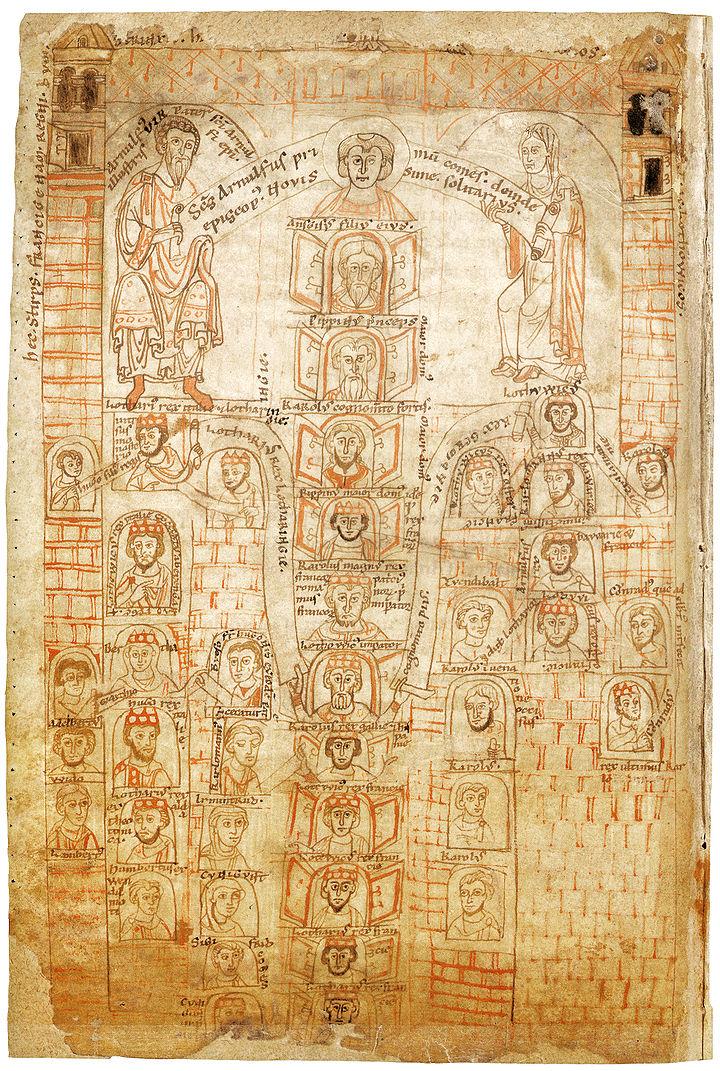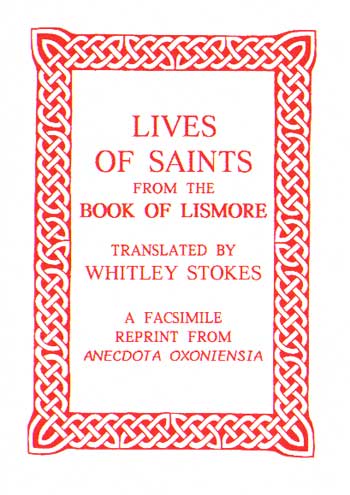


The Ua Conchobhair- Fáilge retained much of their lordship after the inva- sion because of the wooded and boggy character of the region, however the land lost to the Anglo-Irish consisted of the best agricultural land. Little is known of this initial arrangement, but it probably reflected the pat- tern of loose overlordship which had governed rela- tions between Irish kings and their subkings prior to the Anglo-Norman invasion. At the time of the Anglo-Norman invasion, the Ua Conchobhair-Fáilge quickly came to an agreement with the invaders. See also Mac Lochlainn, Muirchertach Mac Murchada, Diarmait Ua Briain, Muirchertach Ua Briain, Tairrdelbach UA CONCHOBHAIR-FÁILGE This Irish lordship comprised eastern Co. Dublin: Dublin Insti- tute for Advanced Studies, 1951. Dublin Irish Manuscript Commission, 1947. He was survived by his seventh wife Dubchoblach and was succeeded as king of Connacht by his son Ruaidrí.ĮMMET O’BYRNE References and Further Reading Hennessy, W.

During Tairrdelbach’s life, he married seven times, fathering a recorded three daughters and ten sons. The old man did not get the chance to break the peace, as this great king died aged 68 at his capital of Dunmore and was buried beside the altar in the church of Clonmacnoise. Then Ua Briain submitted and Ua Ruairc agreed to a peace until May. During early 1156 Tairrdelbach obtained some redress, undermining Mac Lochlainn’s support in southern Ireland.

And to Tairrdelbach’s chagrin, he divided Mide in 1155 despite Ruaidrí’s resistance. On land, Mac Lochlainn was stronger, invading east Connacht that year. In 1154, he recovered enough to resume sparring with his northern rival, joining his fleet to plunder Tír Conaill and Inishowen, enjoying a major naval victory over Mac Lochlainn’s hired Hebridean fleets. Tairrdelbach’s reluctance to challenge Mac Lochlainn may have been due to poor health, as the annals record a serious illness late that year. On the approach of the northern army into Mide, Tairrdelbach ordered the retreat to Connacht, but Mac Lochlainn mauled the rearguard under Ruaidrí. In 1153, he compelled Mac Murchada to return Ua Ruairc’s wife before marching against Ua Briain.īut his banishment of Ua Briain to the north brought Mac Lochlainn south. With Mac Murchada, he evened scores with Ua Ruairc, briefly giving his kingdom to a rival before restoring him. But peace was the last thing on his mind, for he banished Ua Briain into the north before dividing Munster again. In 1152, he met Mac Lochlainn again near Ballyshannon and renewed their peace. Yet Tairrdelbach remained supreme over much of southern Ireland. Tairrdelbach’s long mar- riage to Derbforgaill, daughter of Mac Lochlainn, ended with her death on pilgrimage to Armagh that year, prompting him to wed Dubchoblach, daughter of Ua Máelruanaid (d. 474 decided not to risk all on a wager of battle and gave Mac Lochlainn hostages.


 0 kommentar(er)
0 kommentar(er)
